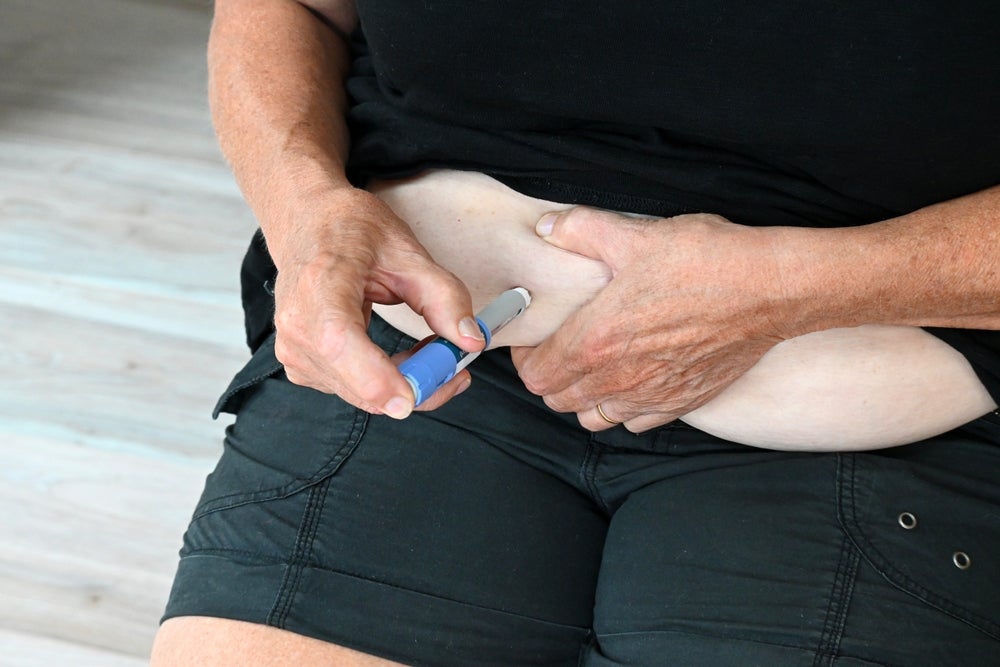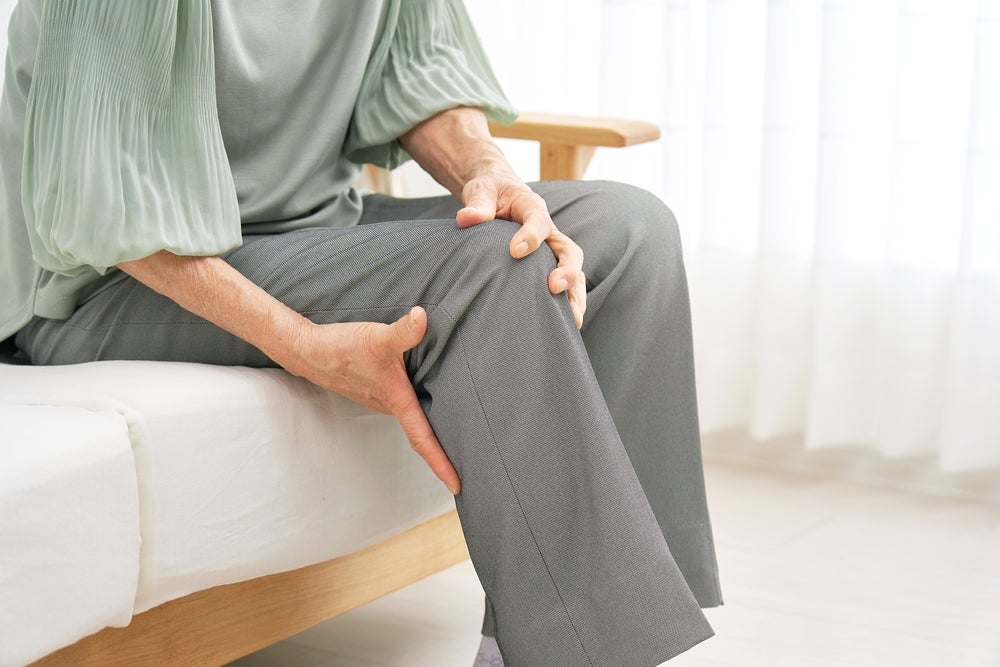For patients who can’t make it in to the clinical sites themselves, direct-to-patient shipments is a new method of clinical trial shipment which could prove invaluable to patients who want to participate within clinical trials, but are too ill to make the journey to the trial site. Involving the drug being shipped right to the patient’s front door, it could prove a method that will solve many of the current recruitment shortfalls, and is a method logistic giants, such as World Courier and DHL Supply Chain, are already making strides. However, alongside the rise of such an innovative supply method, are issues relating to the storage of medical supplies within homes. For example, there are new regulations around this process which, as of yet, have not been completely considered. One such issue is the storage of temperature sensitive supplies, and biologics. With the thermo-unstable category on the rise, it is crucial we keep the stability of the molecules and maintain a constant temperature to ensure the supplies don’t spoil. In turn, it is critical that the sponsor thinks about the temperature maintenance of the cold chain from an end-to-end perspective. Delivering temperature sensitive supplies to patient homes as well as doctor’s surgeries, raises the risk of more issues occurring. In turn there are key regulatory questions that sponsor companies will have to soon consider: How do you maintain extra cold in a patient’s home? Furthermore, how do you regulate this process when it is largely out of the sponsor’s hands?
Some larger pharma companies, such as Roche, are already using patient homes as storage for their supplies. While there are definitely benefits to storing supplies within patient homes, these should be accompanied by their strict monitoring. If sponsor companies don’t strictly monitor their supplies, then all the work they’ve carried out to maintain the cold chain up to that point will be for nothing. Once the supplies are in the home, they appear to be in a monitoring ‘black hole’ whereby the sponsor has no real information as to how the supplies are being kept, and whether this fits in with the ideal storage conditions required. For example, the supplies may be accidentally left out of their storage meaning the supplies are no longer valid to take; but how would the sponsor know this?
The obvious solution for ensuring supplies are stored adequately is to strictly monitor your supplies in specially designed freezers. Although many big pharmas, such as Biomarin are buying freezers and dropping them in to physicians’ offices, there are still questions that this transaction poses. Sponsor companies need to be aware how exactly they are maintaining their freezer, and how are they managing the regulatory elements of the freezer. Zooming in, sponsors also need to take the time to ‘map out’ the placement of their freezers in a particular room to ensure it can work efficiently, and not risk overheating. These areas need to be covered in detail, as if the freezer was at an internal site. What’s more, people need to be assigned to deal with the qualification of freezers. Sponsor companies cannot simply drop a freezer into a room without oversight and presume that the quality department can take care of it. Crucially, this points to the need for clear accountability for external freezers, as otherwise clinical supplies could be put at severe risk.
Like any element of a trial, supplies being shipped directly-to-patient homes raise a number of issues relating to patient participation. Firstly, it raises a number of key confidentiality issues that must be considered. If the patient lives in a shared home, how would you ensure others are not made aware of their private participation in a trial? Furthermore, how do you ensure the safety of the medication within the home? For example, if a drug is delivered to their front door, how do you make certain it gets to the patient and does not fall into the hands of a child? If no one person can be deemed as responsible for the patient taking the correct drug under the correct conditions, then how do we know the process is getting adequate oversight? Although the delivery method is still new, there needs to be regulations which can cover such issues, as patient safety and rights must be considered.
Direct-to-patient supplies are undoubtedly opening up the possibility of more people participating in clinical trials than ever before. They could prove invaluable in boosting recruitment rates, and giving patients lifesaving treatments within their own home. However to embark on such an ambitious method on a global scale will raise key regulatory issues that will need to be considered. How can sponsor companies ensure that the clinical supplies actually reach the intended patients once they are posted through the door? How can confidentiality be maintained within a patient’s home? And finally, how can sponsor companies ensure that the supplies are kept within adequate conditions, particularly if they are highly sensitive to temperature? With such issues impacting trial outcomes, these questions are key for sponsor companies to consider in order to ensure they can take full advantage of using direct-to-patient supplies within their trials.
How well do you really know your competitors?
Access the most comprehensive Company Profiles on the market, powered by GlobalData. Save hours of research. Gain competitive edge.

Thank you!
Your download email will arrive shortly
Not ready to buy yet? Download a free sample
We are confident about the unique quality of our Company Profiles. However, we want you to make the most beneficial decision for your business, so we offer a free sample that you can download by submitting the below form
By GlobalData






